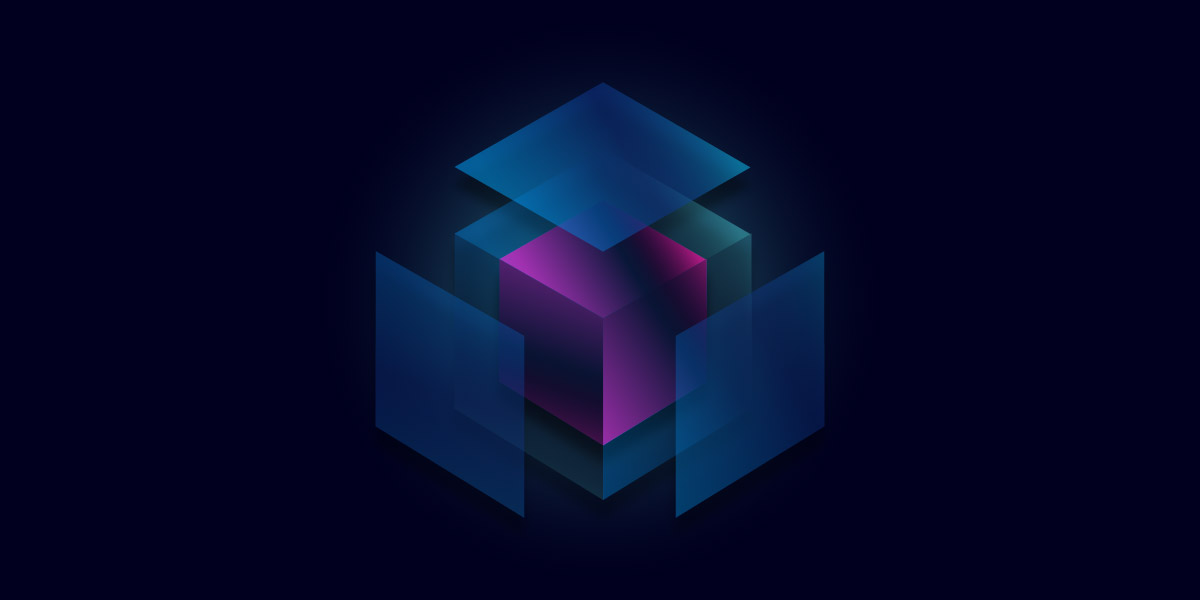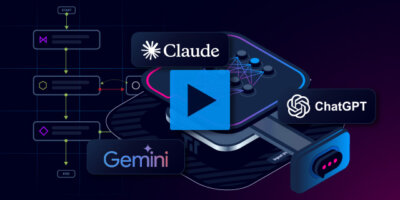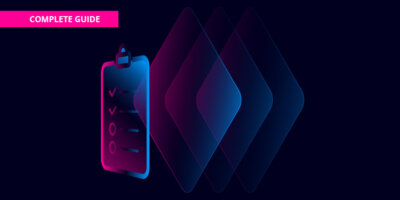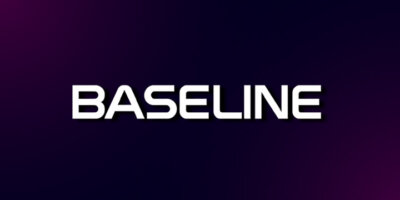Share this

Table of Contents
In 2025, being late to automation is no longer a disadvantage – it’s an opportunity.
Organizations starting their automation journey today can leapfrog legacy challenges, adopt AI-native orchestration, and build smarter, more compliant systems from day one.
The Conversations That Sparked This Thought
In recent weeks, I’ve spent time with our sales, marketing, pre-sales, and inside sales teams – the people who hear customer challenges first.
Their conversations paint a clear picture of where the market truly is with automation: curious, cautious, but ready for what’s next.
“We’re still new to automation, where do we start?”
“We’ve tried before. It didn’t scale.”
“We’re exploring orchestration, but how does AI really fit in?”
Those comments aren’t about hesitation, they reveal timing.
Because for the first time, the conditions are right. And being “late” might actually be your biggest advantage.
Organizations starting their automation journey in 2025 can move faster than those burdened by legacy tools, fragmented pipelines, and a decade of technical debt.
The Latecomer’s Edge: Clean Slate, Full Speed
Early adopters built automation in a world without standards or AI – brittle scripts, siloed tools, and custom integrations that slowed innovation.
But those starting now get to build with modern foundations: unified, intelligent, and composable from day one.
They can design for:
- AI-native orchestration, not rule-based execution.
- Continuous assurance, not audits after the fact.
- Cross-domain automation that unites network, cloud, and application layers.
They can do in months what took others years – accelerating through the maturity curve without the baggage.
They said they were still new to automation. I told them – that’s your advantage. You get to build with what’s now possible, not what was once required.
Reinventing, Not Restarting
Many organizations carry scars from earlier automation attempts. They tried, but complexity, tool sprawl, or limited ROI slowed progress.
Now, with orchestration-first design and AI-assisted decisioning, those same organizations can reignite their automation strategy.
It’s not about replacing what exists, it’s about wrapping it in intelligence and governance.
Itential’s “bring your own automation” approach enables exactly that, integrating existing investments like Ansible and Terraform into a unified orchestration fabric that’s AI-ready and compliance-aware.
Itential turns existing automation into orchestrated intelligence.
The Rise of Agent-Driven Orchestration
AI agents are no longer theoretical, they’re operational.
As Sam Altman said:
![]()
We’re entering a phase where assigning work to AI agents will feel like managing a team of junior employees.
That marks the shift from automation to autonomy – from executing commands to delegating decisions.
General-purpose platforms like n8n have made agentic workflows mainstream. But in infrastructure, this shift is transformative – because every automated action impacts uptime, performance, and security.
This is where Itential’s focus on infrastructure + AI orchestration matters most.
It’s not about letting AI run free; it’s about enabling agents to act within deterministic guardrails – closing the loop between intent, action, and assurance.
Determinism Meets Machine Decisioning
For decades, automation was deterministic: “If this, then that.”
That discipline remains essential – especially for compliance and safety – but it’s no longer sufficient.
As infrastructure grows more dynamic, the future depends on blending deterministic workflows with machine reasoning.
- Deterministic orchestration handles the known paths – configuration, patching, provisioning.
- AI-driven orchestration handles the unknowns – anomaly detection, failure prediction, adaptive remediation.
- Human oversight defines the guardrails – ensuring machine judgment aligns with policy and context.
This hybrid model creates a dynamic equilibrium where stability meets intelligence.
The 2026 – 2028 Orchestration Roadmap
For leaders shaping the next three years of transformation, five priorities will define orchestration maturity:
- Hybrid Orchestration & AI Decisioning
Combine deterministic control with AI reasoning to adapt when reality shifts. - Continuous Compliance & Assurance
Compliance won’t be an event – it will be continuous, self-validating, and auditable in real time. - Human-in-the-Loop Governance
AI will drive execution, but humans must define context and ethics – pairing machine precision with human purpose. - Data-Driven Ecosystem Orchestration
Operational data will become orchestration’s brain. Invest in telemetry pipelines that power decisioning, not just dashboards. - Platform Convergence
The era of tool sprawl is ending. By 2028, automation, assurance, compliance, and AI will coexist natively within a single orchestration fabric.
This is where Itential’s infrastructure-first strategy accelerates readiness – connecting everything from scripts to AI agents under one intelligent framework.
The Leadership Imperative
If you’re a CIO, CTO, or Infrastructure Executive, your next frontier isn’t more tools – it’s smarter orchestration.
You’re no longer just managing infrastructure; you’re designing how decisions get made.
The leaders who move now – blending deterministic automation with AI-driven orchestration – will define the new operational DNA of the enterprise.
![]()
AI won’t just be a tool. It will be a collaborator.
– Sam Altman
That collaboration starts here – in how we build, govern, and scale intelligent orchestration.
At Itential, we’re building that collaboration layer – the orchestration fabric that makes infrastructure think.
Because automation isn’t just about doing things faster anymore. It’s about making infrastructure smarter.
Want to see how Itential helps organizations orchestrate automation with AI intelligence?



